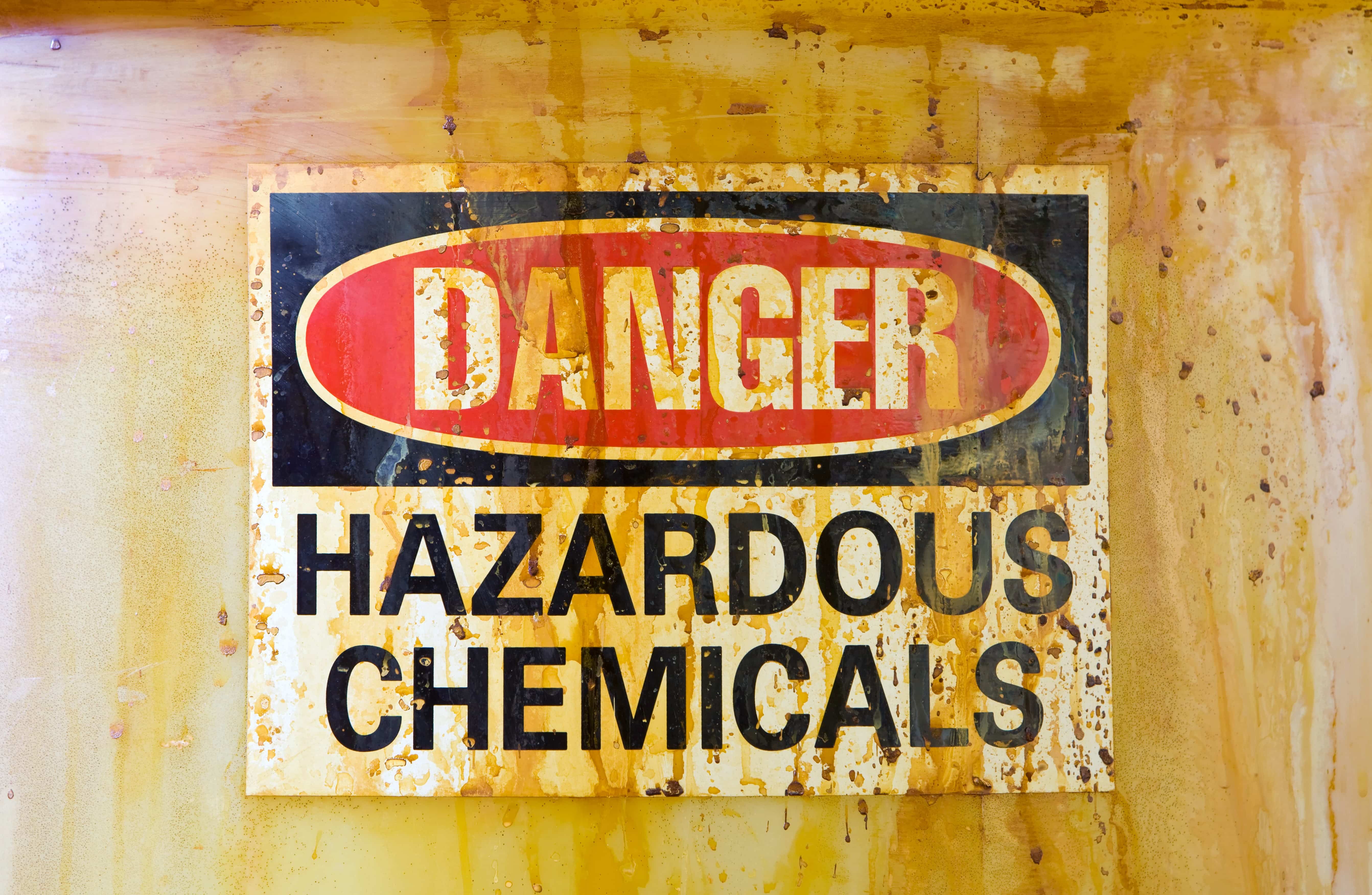-

Many deaths that result from on-the-job accidents are sadly preventable. Just this past January, a construction worker died at the University of Kentucky after falling off the roof without a safety harness. Even though safety harnesses and alternative fall prevention devices are mandated by OSHA, 38 percent of all construction deaths in 2015 resulted from falls.
In these situations, project managers and supervisors often insist to their employees that they must abide by mandatory safety rules, only to have their warnings and instructions ignored. Why do we do this to ourselves? One might think that humans have a natural instinct towards self-preservation, but while that instinct does exist, it is often overridden by a decision-making process rooted in our psychology.
Understanding how this psychology works can help employers increase the odds of their warnings being listened to, helping avoid work-related accidents and preventable deaths. Employees should also note their own internal psychology when weighing safety decisions since ignoring safety warnings can sometimes hurt their workers’ compensation claims. You can review your situation and the safety practices of your employer with a workers’ compensation lawyer to increase your chances of a successful claim.
Why Our Psychology Makes Us Ignore Warnings
Many people who design or install warning labels are often baffled when they are ignored. Since they design these warnings with hard-to-ignore colors and bold, all caps text, they may wonder how someone could read the information and then proceed to disregard it.
One school of thought is that our desire to fulfill our goals in the simplest, most direct way possible often overrides any personal concerns of safety. “We might be hardwired to focus on our goals more than on our wellbeing,” writes Indramat Products in a blog post. “And that might be good for the evolution of the species in the early days, but it doesn’t work out well on the factory floor.”
Psychiatrist Dr. Marc Green explores this topic further by noting how every encounter with a warning or safety instruction becomes an internal cost/benefit analysis. “If the person believes that there is great danger, then s/he will see a larger benefit in compliance. Conversely, perception of small danger means low benefit and compliance will decrease.”
Make Dangers Seem Real and Likely to Increase Compliance
Dr. Green’s observation means that employees must be aware of both the severity of the danger they face and the likelihood that the danger is to happen. Unfortunately, as employees go about their work every day, they perceive the odds of them actually getting hurt as progressively slim. Over time, they may decide that complying with safety procedures is less beneficial than ignoring them and conducting their work unhampered.
Employers can combat this tendency by emphasizing both the severity of the danger and the likelihood of risk. Showing images of fall victims, for instance, or recreations of the scenario that led to their fall can communicate just how real and intense the danger can be. Citing workplace injury statistics like: “more than two out of every five fatal falls happened less than 15 feet up,” and, “over a third of construction deaths happened because of falls,” can communicate the just how common and probable the risks actually are.
Anecdotal evidence combined with easy-to-digest odds can make workers realize that deaths are likely, happen quickly, and lead to grisly results.
Dr. Green also notes that people are more likely to comply with a safety warning or rule if the cost of compliance — a.k.a. the time or effort needed — is reduced. “For example, one study found that viewers were far more likely to comply with a warning to use safety gloves when the gloves were attached to the product.”
Getting Workers’ Compensation After an On-the-Job Accident
As noted above, employers have an obligation to make safety warnings understandable and make compliance with safety practices easy. If supervisors are not providing fall-prevention harnesses before work starts or training employees on how to use them, for instance, they may be creating a situation where serious injury is likely. If you think you may be entilted to Workers’ Comp, hire an experienced Workers’ Compensation lawyer from our firm.
Get In Touch Today!
We offer free consultations 24/7 and there will always be someone here to take your call. Call our personal injury lawyers today for a free consultation or fill out this form and we will contact you.
We serve clients across Tennessee and Kentucky and we have several offices throughout both states. See all of our locations and contact us today.


